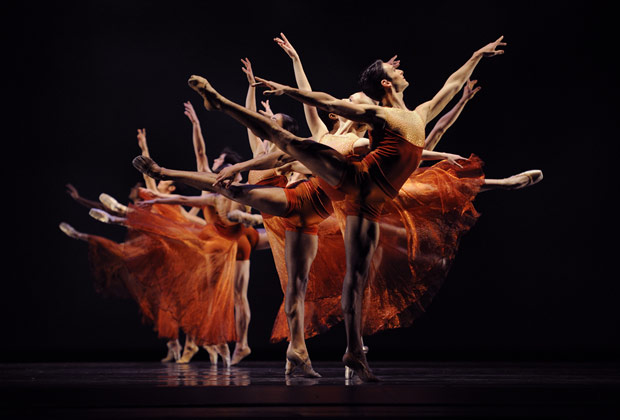
© Erik Tomasson. (Click image for larger version)
San Francisco Ballet
Program 6: Raymonda Act III, Ibsen’s House, Symphonic Dances
San Francisco, War Memorial Opera House
9, 10 April 2013
www.sfballet.org
With no premieres on the current Program 6 of San Francisco Ballet’s spring season, my job is a bit easier. Both Raymonda Act III (Nureyev after Petipa) and Symphonic Dances (Edwaard Liang) were performed last year and Ibsen’s House, Val Caniparoli’s dance drama that debuted in the New Works Festival in 2008, is back. The highlight of the program is Lorena Feijóo’s return to the stage in more than one ballet during the evening. After being out on maternity leave for a year, she danced in the Gala, and then only five times over the course of Programs 1, 3, 4, and 5, not appearing with regularity until now. And Feijóo is dancing better than ever.

© Erik Tomasson. (Click image for larger version)
Tuesday night’s Raymonda Act III is certainly more alive than last year’s showing when most of the dancers looked overly serious, perhaps terrified by the difficult choreography. Even the corps de ballet have now settled in and look relaxed and happy. The first three solo variations, all devilishly challenging, are danced quite unevenly. Sarah Van Patten struggles at the beginning of the first one, but to her credit, gallantly smiles and pulls it together for a strong finish. In the second variation Frances Chung is technically solid, though rather wanting in genuine emotion. Sasha De Sola, in the third solo, is hopelessly unmusical, and the resulting awkwardness elicits some peculiar facial expressions. One method to conquer technically demanding phrases is to harness the music in the same way as a surfer catches a wave and rides smoothly to shore. Feijóo is dancing only the fourth variation, but the moment she walks out on stage, her demeanor says it all – she is in complete command and proceeds to demonstrate how this ballet should be performed.
Vanessa Zahorian and Taras Domitro, as Raymonda and Jean de Brienne, both deliver incisively clear performances. He nails all the pyrotechnics with panache and she glides regally serene throughout. Zahorian continues to surprise me. In her solo she brings a new expressiveness to her port de bras and finds more musical depth than usual, drawing out poses before moving on, revealing a rubato of the body.

© Erik Tomasson. (Click image for larger version)
Wednesday’s cast seems to suffer from post-opening-night slump. The few truly bright moments are provided by Feijóo as Raymonda with Davit Karapetyan as de Brienne, both perfectly portraying their roles through fine acting and effortless execution; and Charlene Cohen and Ruben Martín Cintas, who slowly build the interaction between the Countess Sybille and the King of Hungary from a feigned indifference to a warm lively rapport.
Ibsen’s House offers two completely different casts portraying five of the Norwegian playwright’s heroines and their partners.(See excerpt from previous review below.) An extremely emotional ballet to Dvořák’s Piano Quintet in A major, Op.81, it suffers whenever even one of the dancers is not up to the requisite characterisation. In fact, when a dancer misses the mark, it creates a large hole and that dancer’s partner is left with nothing to play against.

© Erik Tomasson. (Click image for larger version)
Tuesday night, two of the five couples are gut-wrenchingly stunning: Feijóo as Hedda Gabler with Vitor Luis as GeorgeTesman and Dana Genshaft as Mrs. Alving with Karapetyan as Oswald. Sofiane Sylve brings much more to her interpretation of Nora Helmer than I have anticipated, but being paired with Tiit Helimets is unfortunate as he is the antithesis of an actor, always technically immaculate, but also always distant and uninvolved. If only she were to dance with someone like Pierre-François Vilanoba who is a fine dramatic dancer. Instead he is poorly matched with Courtney Elizabeth. Neither Elizabeth as Ellida Wangel nor De Sola as Rebecca West understands how to create a character from the inside. Physical hysteria does not translate into psychological impact and going through the motions is not the same as showing emotion.
The five couples on Wednesday create an amazingly balanced ballet. Zahorian debuts as Hedda, a role originally created on Feijóo, and although she does an admirable job as she shapes the role to her own vision, she has more exploring ahead of her if she is to master the part. After all, Feijóo is a hard act to follow. Martín Cintas, as her Tesman, is an extremely supportive partner who isn’t afraid to be vulnerable.

© Erik Tomasson. (Click image for larger version)
The extraordinary Clara Blanco lucidly draws Nora with her pristine, yet unobtrusive, technique, and refracts her character’s emotions through a finely-polished lens. Luke Willis as Torvald is a an excellent foil for her. Charlene Cohen and Garen Scribner perfectly craft the duet between Mrs. Alving and Oswald. Shannon Rugani with Luke Ingham and Dores Anre with Sean Orza round out the excellent cast.
Symphonic Dances looks much more cohesive this season, but it is still far too repetitive and long. On Tuesday, of the three lead couples, Maria Kochetkova and Vitor Luis are clearly the most moving. Sylve is again partnered by Helimets with predictable results. But Yuan Yuan Tan completely ignores the sublime Vito Mazzeo’s tender attentions. After seeing her emotional breakthrough in Onegin, I don’t understand why she doesn’t respond to him. The cast on Wednesday features a passionate pairing of Feijóo and Vilanoba and a lovely Van Patten with Anthony Spaulding

© Erik Tomasson. (Click image for larger version)
The following is as received, unchecked and not indexed…
Out of the Fog, 6-6: Ballet to Breakers10 New Works in Three-Day Decathlon from America’s Oldest Classical Troupe
By Aimée Ts’ao Copyright 2008 Aimée Ts’ao
Excerpt
Val Caniparoli is a dancemaker of the exact opposite persuasion. All his sentences flow and swirl from an intuitive sense of movement. He sweeps us away physically and often emotionally with his choreography. On this occasion, the audience responds to his “Ibsen’s House” like parched Beduins at an oasis. While the actual choreography is extremely well-crafted, the overall concept of the ballet is not. Just one of Ibsen’s heroines is enough to fill an entire evening-length ballet. Having five complex women shortchanges them all. There is no time to reveal depth of character or show the emotional complexities of each woman’s life, let alone compare their unique circumstances. Many of the individual character traits are reduced to gestures, which gradually lose their power with repetition. With one exception, the women interpret their roles too emotionally. After all, this is the Victorian era in a Scandinavian country, or repression times two if not three. Only Dana Genshaft, as Mrs. Alving from “Ghosts,” uses the requisite restraint to great effect. She shapes every movement. Every “word” has intention and hints at more than what appears on the surface.











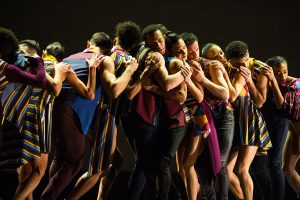
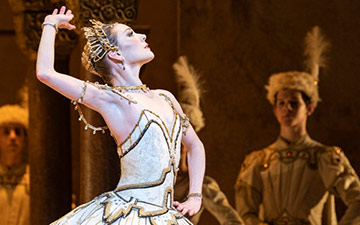
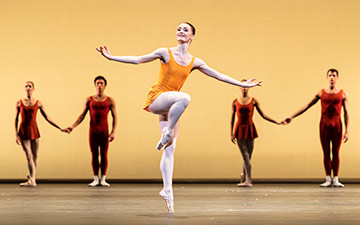

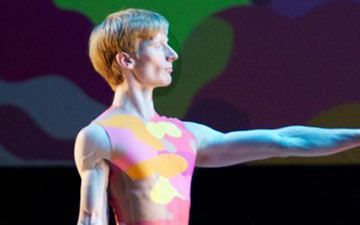

You must be logged in to post a comment.